
Apple’s AI Revolution Begins: Apple Intelligence and Clean Up in iPhone, iPad, and Mac
Apple is set to redefine on-device AI with the introduction of Apple Intelligence and Clean Up in the upcoming iOS 18, iPadOS 18, and macOS Sequoia updates.


Apple is set to redefine on-device AI with the introduction of Apple Intelligence and Clean Up in the upcoming iOS 18, iPadOS 18, and macOS Sequoia updates.
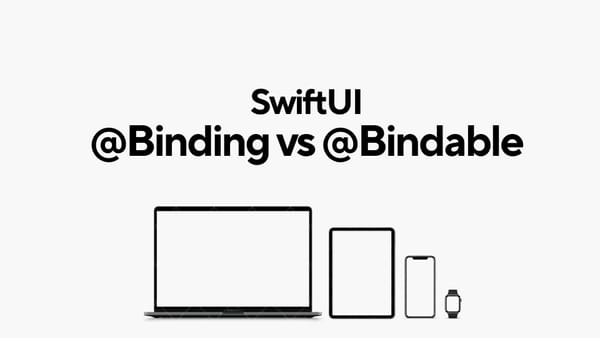
@Binding allows a child view to modify a parent view's state, enabling two-way data binding between views. @Bindable, introduced with SwiftData, automatically exposes properties of an observable model for binding, simplifying data handling in models.
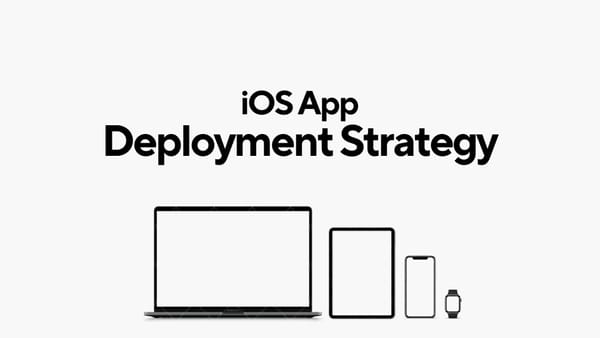
For Public Distribution: Use App Store deployment or App Clips if you want broad access. For Testing: Use TestFlight or Ad-Hoc if you're still developing and need feedback. For Enterprise: Consider enterprise deployment or in-house OTA for internal teams.
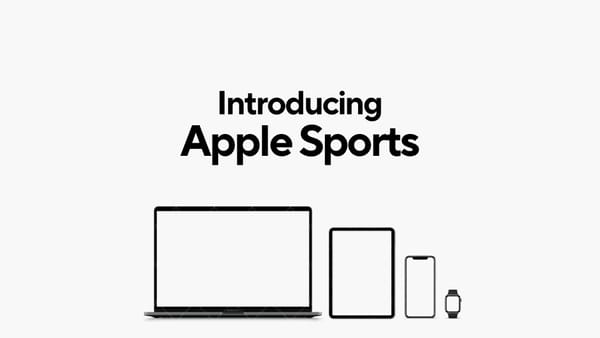
Apple Sports is available to download for free in the AppStore for iPhones running iOS 17.2 or later in the U.S., Canada, and the U.K.
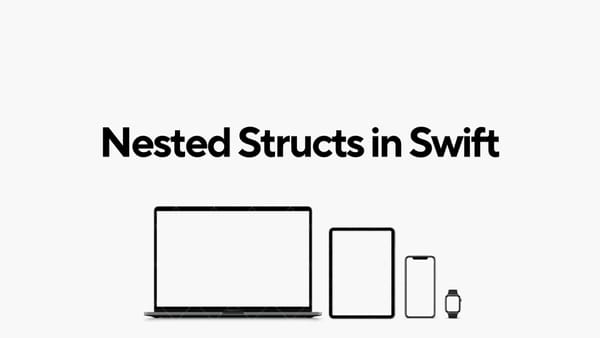
Nested structs are simply structs defined within another struct. This feature allows you to logically group related data within a parent struct. It helps keep your code more organized, especially when you’re working with complex data models.
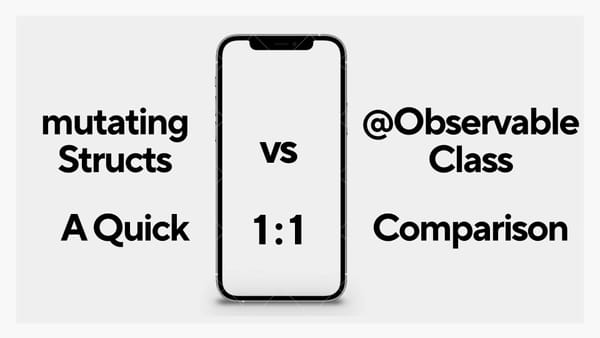
In Swift, you can use both mutating methods in structs and ObservableObject classes to manage state, but they serve different purposes and are used in different contexts. Structs with mutating methods provide a powerful way to work with value types while still allowing for controlled mutability. They are ideal for
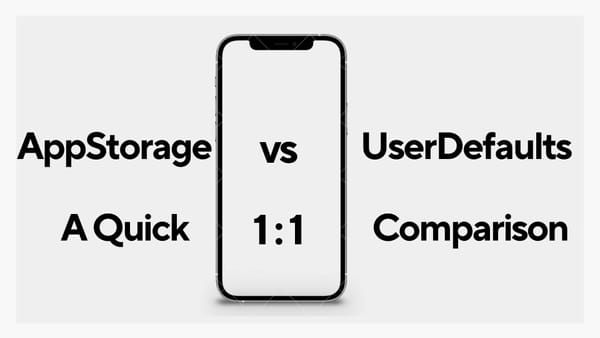
Both AppStorage and UserDefaults are used in Swift to store user preferences or small amounts of data, but they serve different purposes and are used in slightly different contexts. 1. AppStorage * Introduced in: SwiftUI * Purpose: AppStorage is a property wrapper that integrates with UserDefaults but is designed to work seamlessly

In SwiftUI, the body: some View syntax is a key part of defining custom views. This syntax leverages the concept of opaque return types introduced in Swift 5.1, which allows the function to specify that it returns some type that conforms to the View protocol, without specifying the exact

In Swift, guard statements are commonly used with optionals to handle early exits from a function or block of code if certain conditions are not met. The guard statement provides a clean and readable way to unwrap optionals and handle potential failure cases without deeply nesting your code. Using guard

Opaque return types in Swift, introduced in Swift 5.1, provide a way to hide the concrete return type of a function while still preserving type safety. They are particularly useful when you want to hide implementation details while providing a clear and concise interface. Let's delve into
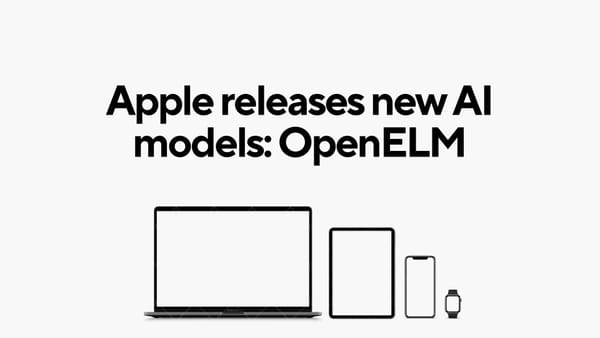
Apple just introduced eight new language models called OpenELM. What's cool about them is that they can run directly on your device, like your iPhone or MacBook, instead of needing to connect to the internet. Four of these models were trained using a special tool called CoreNet, made

In the realm of iOS and macOS app development, efficient data management is crucial. From storing user preferences to managing complex relational data, developers rely on frameworks and libraries to streamline these tasks. One such solution gaining traction in the Swift community is SwiftData. In this article, we'll